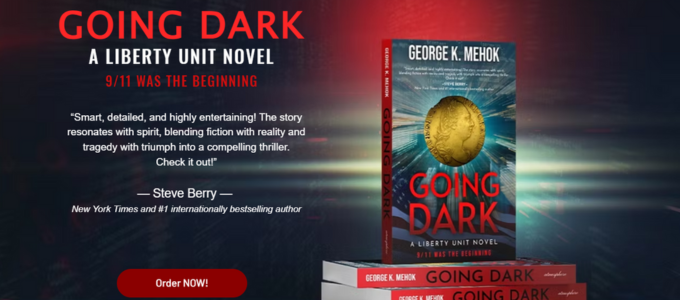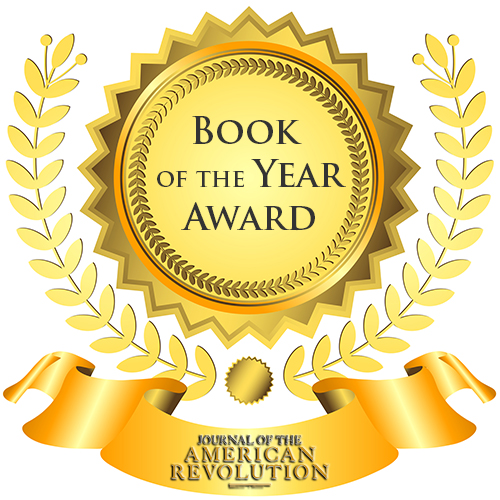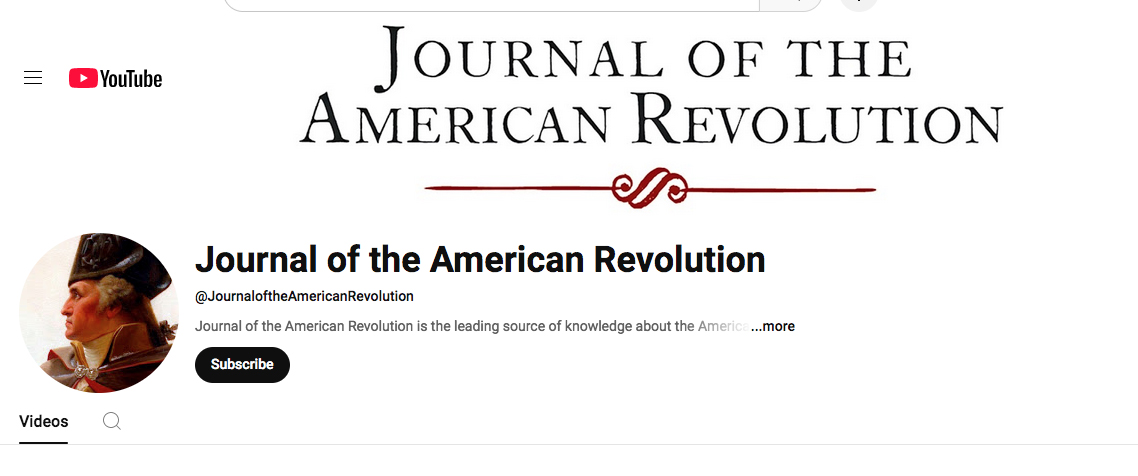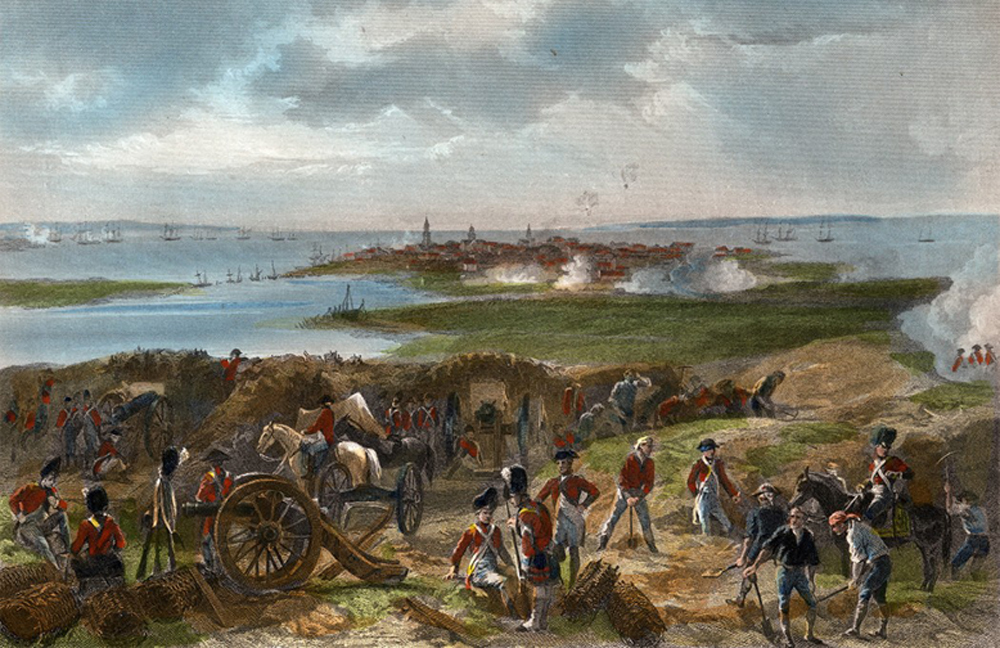Light-Horse Harry Lee: The Rise and Fall of a Revolutionary Hero and the Father of Robert E. Lee by Ryan Cole. (Washington, DC: Regnery History, 2019)
Henry “Light Horse Harry” Lee, lieutenant colonel in the Continental Army, politician, and bankrupt businessman, has been the subject of renewed interest among historians and biographers in recent years. After the publication of Charles Royster’s Light Horse Harry Lee and the Legacy of the American Revolution in 1981, the Virginia cavalryman and post-Revolutionary political leader virtually dropped from sight except for a little-known volume, M. E. Bradford’s Never to Count the Cost, which appeared in 1991. However, Lee’s literary resurrection began in 2012 with Michael Cecere’s Wedded to My Sword, followed by Jim Piecuch and John Beakes’s Light Horse Harry Lee in the War for Independence a year later. Now Ryan Cole has published his own addition to the studies of Lee, Light-Horse Harry Lee: The Rise and Fall of a Revolutionary Hero and the Father of Robert E. Lee. Royster’s work, while briefly covering Lee’s service in the Revolution, focused on his postwar life, whereas Cecere and Piecuch and Beakes devoted the bulk of their attention to Lee’s wartime activities. Cole’s book returns to the path taken by Royster, discussing Lee’s military career but giving the most emphasis to Lee’s life after the War for Independence.
Cole succeeds in capturing the complexity of Lee’s character, which was a frequently contradictory mixture of patriotism, personal ambition, egotism, and an uneven temperament. Cole argues that while these attributes served Lee well on the battlefield, they also created problems as his actions often caused him to fall afoul of fellow officers, and made him so confident in his own military abilities that he was presumptuous enough to offer unsolicited advice to his superiors, George Washington and Nathanael Greene. While the tempests Lee stirred while in the Continental Army did not invalidate his military contributions, Cole asserts that in civilian life after the war, Lee’s flawed character, his lack of tact, and the poor judgment that sometimes marred his military record led to his personal and financial downfall.
Like most Lee biographers, Cole begins with a brief review of the Lee family’s rise to prominence in Virginia’s political and social circles. The author then covers Henry Lee’s early life, his education at the College of New Jersey (now Princeton University) and his early embrace of the cause of colonial rights. Cole next discusses Lee’s military career over the course of five chapters, which address the topic adequately but add nothing to the information presented in the two previous works that emphasized Lee’s wartime service. What Cole does achieve in this section, however, is to present examples of Lee’s behavior that foreshadowed the actions that would bring about his undoing after the Revolution.
The section on Lee’s postwar life provides more extensive coverage of the topic than did Royster’s slim volume, delving into the several high points and far more numerous disasters that befell Lee. Cole discusses the difficulties Lee experienced in making the transition from military to civilian life, notably the restlessness that kept the former cavalryman roving across Virginia to engage in land speculation while his young family remained neglected at their home. The author describes how Lee longed to return to the battlefield, considered going to France in 1792 to fight for the revolutionaries there, and marched at the head of Virginia’s militia to suppress the Whiskey Rebellion in 1794. During this period, Cole notes, Lee also pursued a political career, effectively supporting the Constitution in a rhetorical joust with famed orator Patrick Henry at Virginia’s ratification convention in 1788, winning election to the House of Representatives after the new system of government took effect, and in what was arguably the high point of his postwar career, being selected to deliver the eulogy at Washington’s funeral, where he memorably proclaimed the late general and president as “first in war, first in peace, and first in the hearts of his countrymen.”
By the time he offered these remarks, however, Cole explains that Lee was already in a precarious financial position as a result of poor business decisions. As his economic security continued to decline, Lee proved unable to satisfy his creditors and was imprisoned for debt in 1809. Cole observes that Lee made good use of his time in confinement to write his memoirs of the Revolution. Although the book did not meet Lee’s expectations in terms of financial success, Cole notes that the work reflected its author’s character: “self-serving, discursive, flamboyant, erudite, provocative,” and also proved to be a valuable resource for historians.
Lee’s release from prison after being incarcerated for over a year did not end his travails, as he soon involved himself in political disputes. Like most former Continental officers, Lee was an ardent Federalist. When Alexander Contee Hanson, a Baltimore printer, criticized President James Madison’s Democratic-Republican party and its role in bringing about the War of 1812, supporters of the war assailed Hanson, and Lee and other Federalists rushed to the publisher’s rescue. Lee was among those who defended Hanson from a mob—Cole asserts that Lee organized and took command of the defense—and during the confrontation Lee suffered severe injuries from which he never fully recovered. He voyaged to the West Indies in hopes the climate would help him regain his health, but it did not. Virtually penniless, Lee returned to the United States in 1818, coming ashore in Georgia where he died at the plantation of his deceased former friend and commander, Nathanael Greene. Cole remarks that Lee, who had begun his life with brilliant prospects, lacked funds to pay for his passage and thus ended his life “by swindling a kindly old widow” to obtain the money.
The strengths of Cole’s volume are its ability to capture the complexities of Lee’s character and its account of his postwar life, which is thorough and engaging. The book’s weakness is the lack of contextual research for the chapters on Lee’s Revolutionary service. Readers who are unfamiliar with the details of the War for Independence might overlook the resulting errors, but those who know the story of the conflict more thoroughly might be disappointed by numerous factual mistakes. For example, Cole refers to Stephen Moylan as the Continental Army’s “captain of cavalry” (59), describes celebrated rifleman Daniel Morgan as a “seasoned artillery tactician” (98), and states that South Carolina partisan leader Andrew Pickens and his militia were North Carolinians (110).
These problems do not amount to fatal flaws, as Cole’s work is not intended to be a definitive account of Lee’s military career. The book’s true value is as a history of a former Continental officer, a war hero with a flawed character, attempting to navigate the economic and political environment of the Early Republic, whose failure to do so tarnished but did not destroy his achievements.
(As an Amazon Associate, JAR earns from qualifying purchases. This helps toward providing our content free of charge.)










5 Comments
Interesting review of a book about a person I didn’t know much about at all. The mistakes and misidentification of certain people in it though is very peculiar; I’m not entirely sure how that could have happened unless it was a mistake in one of the sources being used.
Those mistakes are really the result of a couple of circumstances.
1. Truely not having a mastery of the subject.
2. A poor editor who did not have a understanding of the subject.
3. A simple series of mistakes that should have been caught.
4. Reliance on faulty research.
5. The author reviewed their work and just missed the flaws.
These mistakes are easily corrected if there is another printing.
The question is. Would you recommend this book to students?
I’d recommend it for a course focusing on the Early Republic era, but not for a course on the Revolution itself.
A good review. Thank you. I’ve read the two most recent books on Light Horse Harry’s Revolutionary War service, and will purchase this one to better understand his postwar life and failings. He was without question a war hero who contributed much to our war for independence. But also young, and flawed. I had ancestors who served in his Legion. I would like to understand him better.
Ryan Cole has Andrew Pickens as being a North Carolina patriot, when in fact he was living in and fought mostly in South Carolina along with Francis Marion and Thomas Sumter in his Harry Lee biography. The British destroyed his home in Abbeville, SC. Helps when your facts are accurate…